The Bauhaus school
- The art school was founded in 1919 in Weimar. It moved to Dessau in 1926 and then to Berlin in 1932, before the Nazis closed it down in 1933.
- Exerted tremendous influence on modern architecture, design and art in its time and up to the present.
- Also heavily influenced graphic design and typography.
- Based on the idea of creating "Gesamtkunstwerk", or "total work of art”, which aimed to combine all art forms, including architecture.
- Was concerned with the principle of "art for everyone" and "Neue Sachlichkeit" (new objectivity), rationality, simplicity and functionalism.
- Well-known teachers at the school included Walter Gropius, Mies van der Rohe, László Moholy-Nagy and Hannes Meyer.
- The word Bauhaus comes from the German word Hausbau, which means "house building".
- Celebrated its 100th anniversary in 2019 with several major exhibitions internationally and at the National Museum – Architecture with an exhibition and a lecture by Widar Halén.
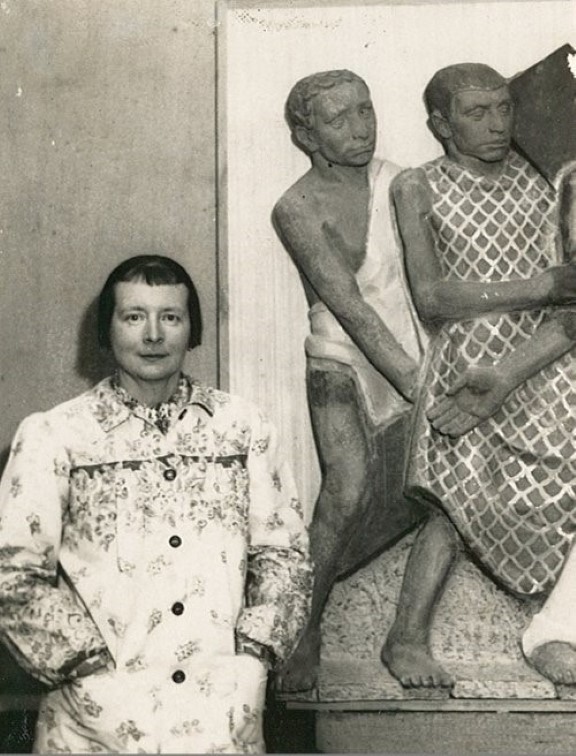
Maja Refsum with relief for Oslofjord, 1930's. © Oslo Museum
Photo: Ukjent / Unknown
Iconic tea services
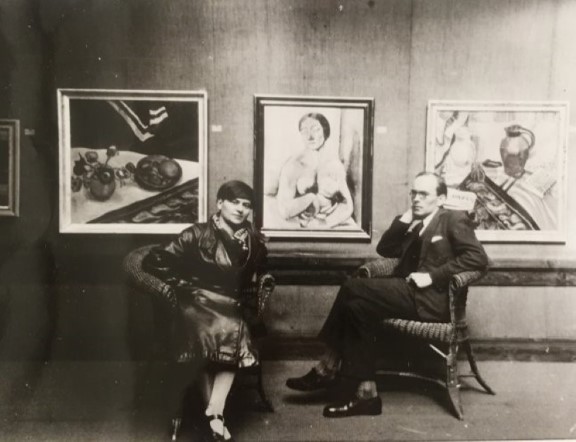
Marianne and Erik Brandt in the Blomqvist’s Galleri, Oslo, 25.4.1930. © Bauhaus Archiv, Berlin.
Photo: Ukjent / Unknown
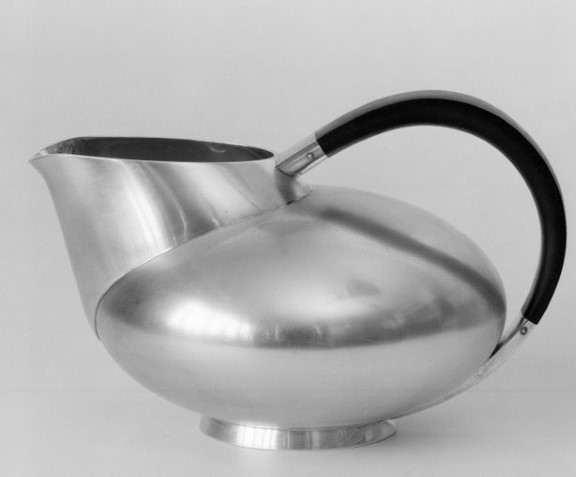
Thorbjørn Lie-Jørgensen, pitcher for hot chocolate, silver and ebony, David-Andersen (manufacturer), 1934.
Photo: Nasjonalmuseet
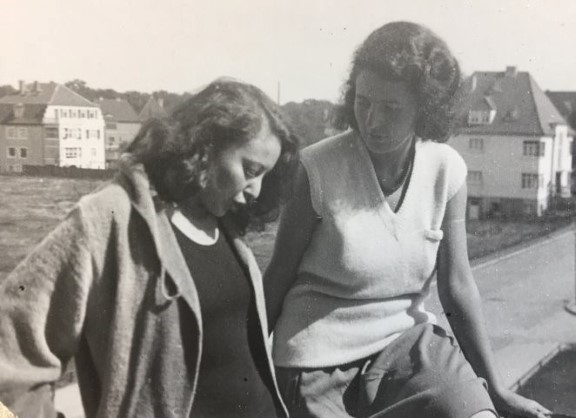
Otti Berger and a friend on a Bauhaus Dessau balcony, 1931-32.
Photo: Ola Mørk Sandvik
A Norwegian on a motorcycle

Ola Mørk Sandvik, from private photo album.
Photo: Ola Mørk Sandvik
Today Sandvik is perhaps best known for Slemdal school, built in 1939. He was also an assistant on Finn Bryn and Johan Ellefsen's project for a new vestibule in the Physics building at Blindern and worked especially with the interiors. This is a building that is clearly inspired by Bauhaus.
– Widar Halén
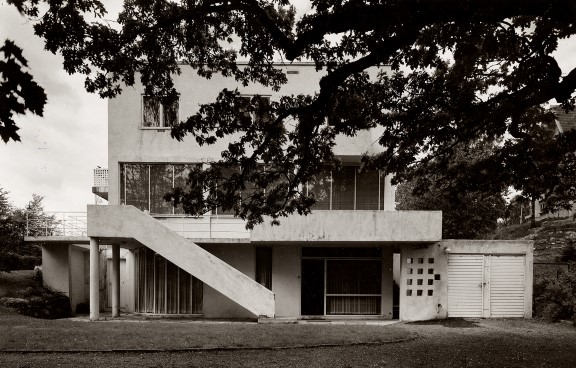
Arne Korsmo, «Villa Benjamin», 1935. Unknown year for photo. © Teigen, Karl/DEXTRA Photo
Photo: Teigen Fotoatelier
"Flat roofs are unGerman"
When did they live?
Bauhaus professors and directors:
- Walter Gropius (1883–1969)
- Oscar Schlemmer (1888–1943)
- Leyonel Feininger (1871–1956)
- Paul Klee (1879–1940)
- Georg Marcks (1889–1981)
- Ludwig Hilberseimer (1885–1967)
- Wassily Kandinsky (1866–1944)
- Gunta Stölzl (1897–1983)
- Georg Muche (1895–1987)
- László Moholy-Nagy (1895–1946)
Bauhaus students referred to above:
- Otti Berger (1898–1944/45)
- Ola Mørk Sandvik (1911–1993)
- Hans Mollø-Christensen (1912–1971)
- Maja Refsum (1897–1986)
- Marianne Brandt (1893–1983)
- Erik Brandt (1897–1947)
- Arne Korsmo (1900–1968)
- Grete Prytz (1917–2010)
Other Norwegians who were influenced by Bauhaus:
- Hanna Visund (1881–1974)
- Finn Bryn (1890–1975)
- Herman Munthe-Kaas (1890–1977)
- Sigurd Alf Eriksen (1899–1991)
- Finn Nielssen (1908–1962)
- Carl Nesjar (1920–2015)
- Thorbjørn Lie-Jørgensen (1900–1961)